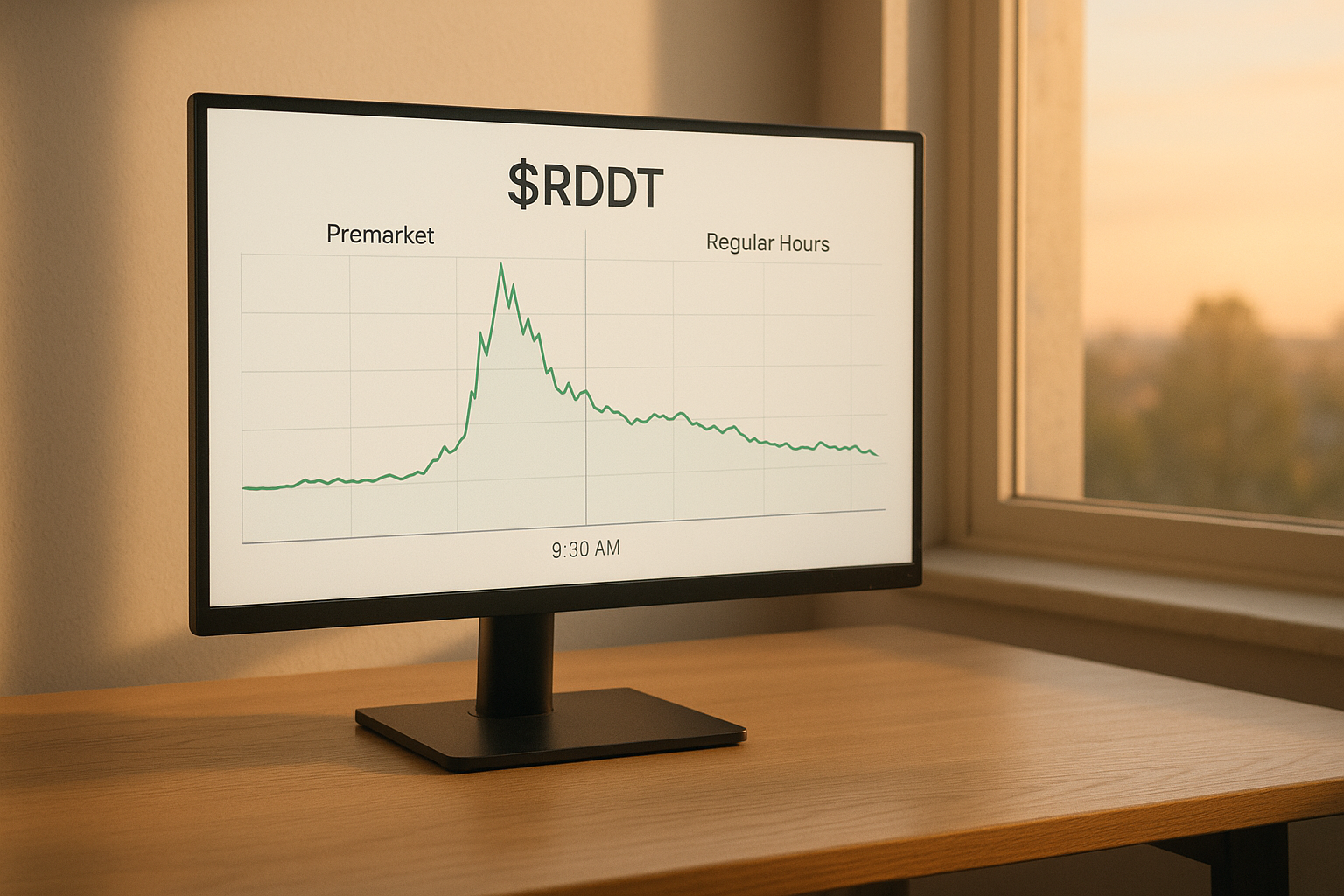Wall Street's chess masters are making moves. And not just any moves – we're talking the kind of dramatic repositioning that should make the average investor's ears perk up.
After Friday's market close, I spent some time connecting dots between recent hedge fund maneuvers, and let me tell you, what initially looked like isolated decisions is starting to form a disturbing pattern.
Michael Burry — yep, the "Big Short" guy who made everyone else look foolish in 2008 — has completely liquidated his portfolio. Gone. Replaced with market puts. That's the financial equivalent of taking your chips off the table and then betting the house will burn down. When someone with Burry's track record makes a move this extreme, ignoring it seems... unwise.
But here's the thing that really caught my attention: he's not some lone wolf howling at the moon.
David Einhorn is pivoting to Europe and gold. Steve Cohen expects we'll revisit April lows. Paul Tudor Jones? He's even more pessimistic, predicting entirely new lows. Ray Dalio is loading up on gold. And perhaps most telling (at least to my mind), Warren Buffett — the very symbol of American capitalism and long-term optimism — is selling bank positions and parking mountains of cash in treasuries.
Now, smart money isn't always right. I've covered enough spectacular hedge fund implosions over the years to know that. But when this many financial heavyweights independently arrive at similar defensive positions... well, it suggests they're seeing something in the economic data that isn't making headlines on CNBC.
What's particularly interesting is what they're NOT reacting to.
The Middle East situation, dramatic as it is, seems almost peripheral to these fund managers' concerns. Their positioning suggests something deeper about the American economy itself. These aren't knee-jerk trades to geopolitical flare-ups — they're deliberate restructurings that hint at fundamental economic doubts.
Look at the gold thesis emerging across these portfolios. JP Morgan projects gold hitting $4,000/oz by Q2 2026 — nearly double current levels. Gold has always been the traditionalist's hedge against currency devaluation, and these positions scream concern about the dollar's future.
Even more troubling? Japanese bonds — typically the safest of safe havens — are selling off alongside these hedge fund moves. It's as if the storm shelters themselves are starting to look shaky.
(Having tracked market sentiment indicators for over a decade, I can't remember the last time I saw this particular constellation of warning signs.)
What fascinates me is how these positions seemed disconnected until viewed as a whole. Separately, each could be dismissed as one manager's quirky thesis. Together? They form a mosaic suggesting preparation for significant market disruption.
For everyday investors, this presents a genuine dilemma. Should you follow these signals or dismiss them as institutional paranoia? History suggests that completely ignoring such concentrated hedge fund positioning is foolish, but blindly following the "smart money" has led plenty of folks over cliffs before.
What's your move when the chess masters start fortifying their positions?
The clearest takeaway from all this: beneath the day-to-day market noise and crisis headlines, serious money is betting on economic challenges ahead. Whether they're right or catastrophically wrong will be one of the more consequential financial stories of the coming year.
I just hope most folks are paying attention to the right signals.




